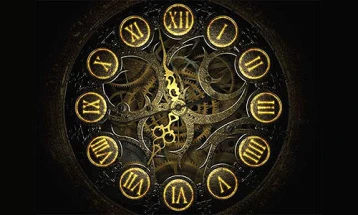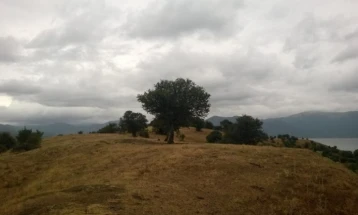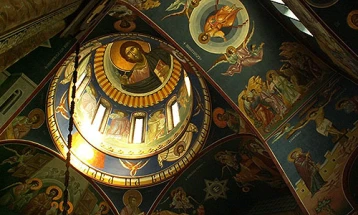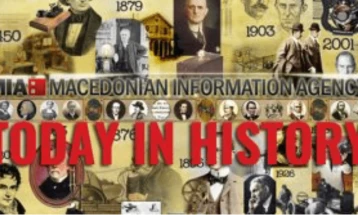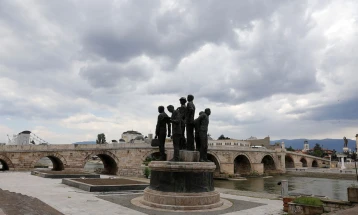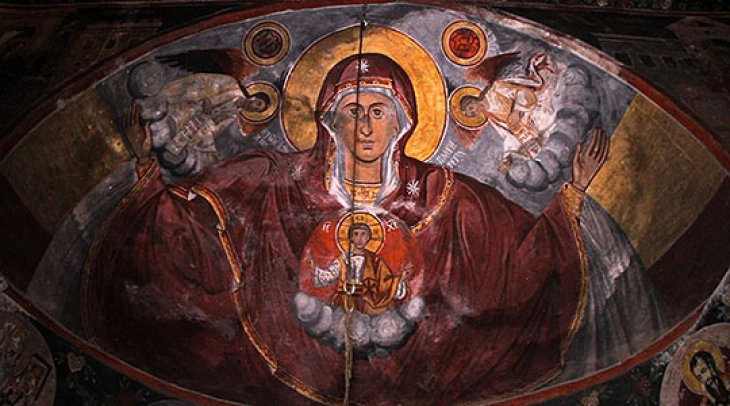
27 November 2022 (MIA)
Macedonian Orthodox Church Calendar
The Holy Apostle Philip
He was born in Bethsaida near the Sea of Galilee, as were Peter and Andrew. Instructed in the Holy Scriptures from his youth, Philip immediately responded to the call of Christ and followed Him (John 1:43). After the descent of the Holy Spirit, Philip preached the Gospel with zeal in many regions of Asia and in Greece, where the Jews sought to kill him but the Lord saved him by the might of His wonders. The Jewish leaders, whose aim it was to kill Philip, were suddenly blinded, and found themselves in total darkness. There was a great earthquake, and the earth opened and swallowed up Philip’s wicked persecutors. Many other wonders were wrought, especially the healing of the sick, by which many of the pagans came to faith in Christ. In the Phrygian town of Hierapolis, St Philip worked for the Gospel with John the Theologian, his own sister Mariamna and the Apostle Bartholomew. There was in that place a dangerous snake, which the pagans fed with care and worshipped as a god. God’s Apostle destroyed the snake with prayer as though with a spear. This called forth the fury of the benighted people, and the wicked pagans seized Philip and crucified him upside-down on a tree, and then crucified Bartholomew also. At this, the earth opened and swallowed up the judge and many others with him. The terrified people ran to take the crucified apostles down, but they succeeded only in taking Bartholomew down alive; Philip had already breathed his last. Bartholomew made Stachys bishop for those baptised in the city. Stachys had been cured of blindness and baptised by Philip, having been blind for forty years. St Philip’s relics were later taken to Rome. This wonderful Apostle suffered in the year 86, in the time of the Emperor Domitian.
St. Gregory Palamas, Archbishop of Salonica
Gregory’s father was an eminent official at the court of the Emperor Andronicus II Palaeologus. The gifted Gregory, completing his secular studies, did not want to go into imperial service at court, but withdrew to the Holy Mountain and became a monk, living in asceticism at Vatopedi and the Great Lavra. He waged war against the heretic Barlaam, and finally overcame him. He was consecrated Metropolitan of Salonica in 1347, being glorified both as an ascetic and a theologian, both as a hierarch and a wonderworker. The most holy Mother of God, St John the Theologian, St Dimitrios, St Antony the Great, St John Chrysostom and angels of God all appeared to him at different times. He governed the Church in Salonica for twelve years, of which he spent one year in slavery to the Saracens in Asia. He entered peacefully into rest in 1359, and entered into the Kingdom of Christ. His relics are preserved in Salonica, where there is a beautiful church dedicated to his name.
Catholic Calendar
St. Virgilius
Benedictine monk. Pilgrim to the Holy Land in 743, and on the way home stopped in Bavaria and remained there. Worked with Saint Rupert. Abbot of Saint Peter’s monastery in Salzburg, Austria; one of his monks was Saint Modestus. Bishop of Salzburg in 765, ordained by Duke Odilo. Saint Boniface twice accused him of heresy because of his scientific ideas (including a round earth), but this reflected some friction between the style and people of Roman and Celtic origins, and Virgilius was always cleared of the charges. Rebuilt the cathedral of Salzburg. Sent missionary priests to Carinthia. He was born in 8th century in Ireland and died 784, in Austria of natural causes.
